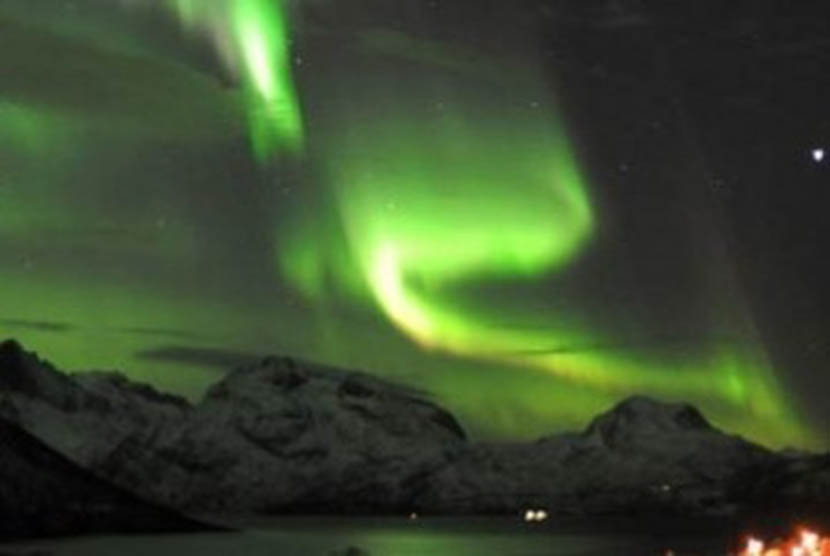There is still a lot that is unknown about the aurora.
REPUBLIKA.CO.ID, JAKARTA — On March 23, 2022, the American Space Agency (NASA) plans to launch two rockets more than a hundred miles above Earth. NASA wants to fire rockets through the aurora borealis, or northern lights.
While we know very little about light shows like these, such as the characteristic neon-green luminosity and abundance near the poles, there’s still a lot we don’t know.
Scientists aren’t sure how the aurora interacts with Earth’s natural atmosphere. This is what the Ion-Neutral Coupling mission during the Active Aurora, or INCAA, mission will try to find out.
What we don’t know about the aurora
Our planet’s atmosphere is piled up, like a cake. There are several layers. In the lower layers, elements such as oxygen and nitrogen are balanced, and keep electrons in atomic orbits. This is known as a neutral gas atmosphere. However, in the higher layers, many things will change.
The higher layers of the atmosphere are exposed to sunlight. Sunlight changes the composition of nearby atoms. They rip electrons from their orbits, which are negatively charged, and turn them into positive particles. In fact, a neutral gas atmosphere is so different from this environment that it is no longer classified as a gas. This is plasma, which is the fourth state of matter.
The fact that there are two types of atmosphere indicates a shift from one to the other. The boundaries are not always clear, but they are definitely there. When the aurora formed, they would change a lot of things.
In short, an aurora occurs when the sun, in an event known as a coronal mass ejection, ejects a collection of charged electrons from its own plasma that resembles an oceanic body. These electrons are sometimes trapped in Earth’s atmosphere, where they interact with other particles and together create incredible colorful illuminations. But here’s the thing, we don’t know it.
What do these auroral particles do to the space where neutral gas meets plasma in our atmosphere? What’s going on around the border? Auroras, according to the INCAA team, can cause boundary zones to sink, rise, or even fold on their own.
“All of these factors make this an interesting physics problem to study,” said Stephen Kaeppler, assistant professor of physics and astronomy at Clemson University in South Carolina, and principal investigator of the INCAA mission.
Entering the northern light
From the launch pad at Poker Flat, Alaska, Kaeppler and the mission team INCAA the other will launch two research payloads. Each will be linked to two independent rockets called sound rockets and will be launched into the active aurora. These are mini-launch rockets that stay in space for several minutes before falling back to Earth. The payload will collect a lot of valuable information about the aurora as they descend.
The team claims that Rocket One will release a vapor tracker similar to the colorful chemicals used in fireworks. This rocket is to detect how the wind around the aurora is moving. It’s as if the air is dying when you see it move. The temperature and density of plasma around the aurora will be measured by a second rocket.
–


